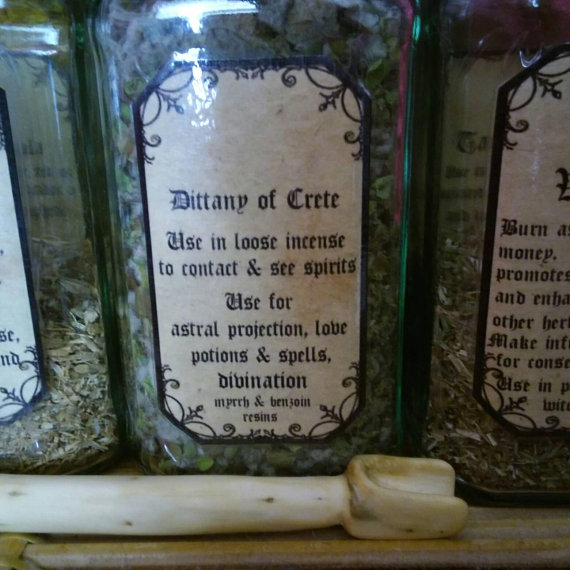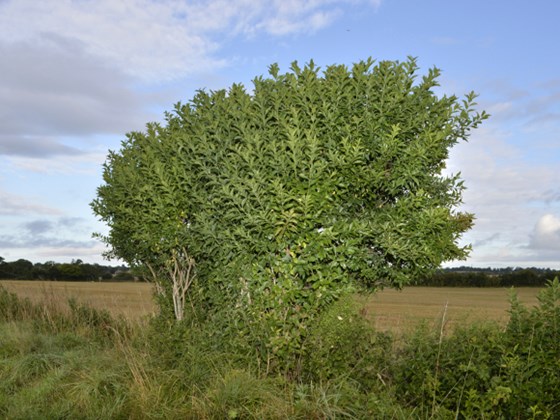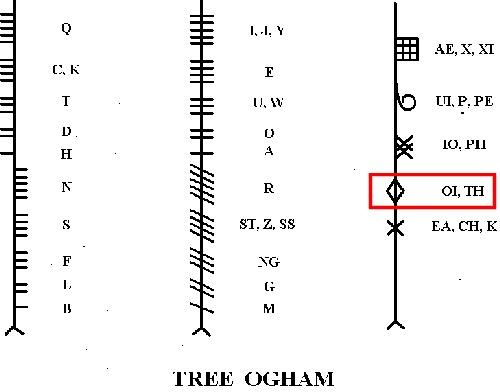By Isabella @TheWandCarver
Instagram: @iseabail_witchwriter
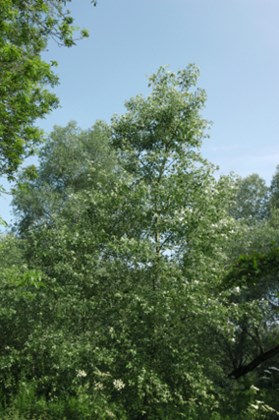
Poplar trees, or Populus – the genus, has about twenty-five to thirty-five species, and is native to much of the Northern Hemisphere. The name Populus refers to the fact that the trees were often planted around public meeting places in Roman times. They grow rather tall, 15 to 50 metres [49 to 164 ft] and have trunk diameters of up to 2.5 metres or 8 feet 2 inches. Different species have names other than Poplar, such as Aspen or Cottonwood. It all depends upon where you live, I suppose. According to Wikipedia, in the September 2006 issue of Science Magazine, the Joint Genome Institute announced that the western balsam poplar [P. trichocarpa] was the first tree whose full DNA code had been determined by DNA sequencing. Pretty impressive, that.

Loosely speaking, the Poplar is divided into three groups, as mentioned above – Balsam Poplar, Aspen, and Cottonwood, in the United States. As far as I can understand, the only “like” or comparable Poplars which are found in both the US and the UK are the Aspen, Black Poplar, and White Poplar. Of course, I have already written about the Aspen. I did find some pretty impressive information concerning a trial which took place in the 1990’s where new hybrids of Poplar were being experimentally planted in the lowlands of England to see if they would be viable as trees to investigate the interaction on profitability….to test whether growing these hybrids would be worth the doing. I imagine this investigation is on-going as the first seven years will be their baseline for all future events from this experiment…and I have found no ending conclusion of it in my research.
So, as we have nothing quite the same in the UK as all the species of Poplar which reside in the US… apart from the Aspen, which you can read about here, and White Poplar and Black Poplar, I shall write about the White Poplar and the Black Poplar, which both grow in both the US and in the UK, their respective genus’s and species being Populus Alba and Populas Nigra. The White and Black Poplar’s are both naturalised to the UK, having been brought from the US in times past. The genus Populus Alba leads me to think that the White Poplar may have been first discovered in Scotland. Why? Because “Alba” is the word for Scotland in Scottish Gaidhlig, or, Gaelic as you would recognise it.
Magickal
Being of Saturn and the zodiac of Capricorn, any part of Poplar is best used on Saturdays during the planetary hour of Saturn. The best spell work is achieved during this time for anything to do with safety, power, success, intellect, travelling, communication [especially into other realms]; spells to help you get through difficult times, as well as when you just need a boost in a specific area of your life.
For change and success, the Poplar wood is best ground fine and used as one of the ingredients of your loose incense created for just these purposes. You may also use it in talismans which you create for these purposes at your altar during ritual.
For creating a protection charm/amulet, you will do well to create your amulet in ritual as in a witch bottle, sachet, or poppet of yourself or the person you’re wanting protection for.
Creating a talisman featuring Poplar wood is also found to attract money and wealth; again, may be used in poppets, sachets, and witch bottles. And, of course, in your ritual loose incense for this purpose.
The leaves of the Poplar are particularly good for use in ‘flying ointments’ for those involved in astral travel and/or hedge witchery, and necromancy – to help walk the hedge and to contact ancestors. The Spirit of the Poplar is a guide during divinations. A perfect divination pendulum can be fashioned from Poplar wood which we are now selling in our shop.
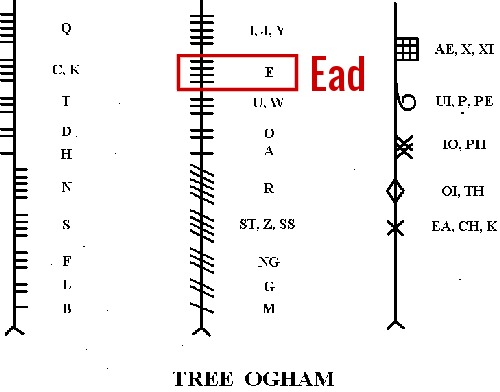
In the Celtic Birth Tree ‘astrology’ [which really needs another designation as it has nothing to do with astrology apart from the lunar months], Poplar is a tree of growth, strength, and visualisation. Its Ogham alphabet is Ead [pronounced hadh] for the English alphabetic equation of the letter E.
Healing
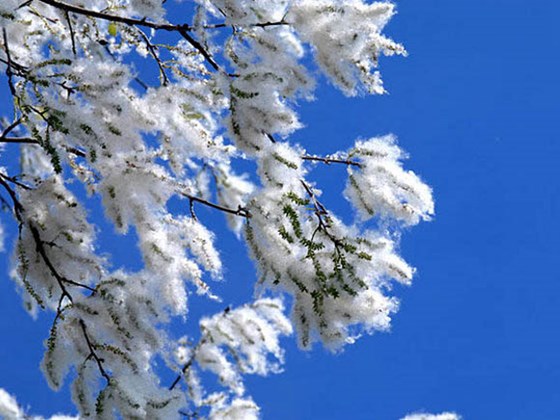
I must turn to Nicholas Culpeper for he so kindly wrote about both the White Poplar and the Black Poplar. You can be assured that much of what he writes is still in practise today.
White Poplar: ‘White Poplar, saith Galen, is of a cleansing property: The weight is of an ounce in power, of the bark, thereof, being drank, saith Dioscorides, is a remedy for those that are troubled with the sciatica or the stranguary, The juice of the leaves dropped warm into the ears, eases the pains in them, The young clammy buds, or eyes, before they break out into leaves, bruised, and a little honey put to them, is a good medicine for a dull sight.’

Black Poplar: ‘The Black Poplar is held to be more cooling than the White, and therefore the leaves bruised with vinegar and applied, help the gout. The seed drank in vinegar is held good against the falling-sickness. The water that drops from the hollow places of this tree takes away warts, pushes, wheals, and other like breakings-out of the body. The young Black Poplar buds, saith Matthiolus, are much used by women to beautify their hair, bruising them with fresh butter, straining them after they have been kept for some time in the sun. The ointment call Populneon, which is made of this Poplar, is singularly good for all heat and inflammations in any part of the body, and tempers the heat of wounds, it is much used to dry up the milk of women’s breasts when they have weaned their children.’

Black Poplar is a good remedy for urinary tract infections, kidney stones, and cystitis. It has anti-inflammatory, antiseptic, and diuretic properties well suited to alleviating pain and infection. The Poplar’s buds have all the help you need! Add two teaspoons of the dried bud from the Black Poplar to one litre of water and infuse for 10 minutes. You can drink two to three cups of the tea per day to stave off stones and to treat your urinary tract infection or cystitis. For rheumatism, use Black Poplar bark in a decoction of half a teaspoon of dry bark to a cup of water, infused for 10 minutes. Drink two cups per day to alleviate pain and inflammation. Poplar has gallic acid, and salicin, both painkillers. You may use the recipe above with Poplar buds instead if preferred. This recipe also is good for the gout and bronchitis and is very helpful with the common cold.
Correspondences
Planetary: Saturn
Gender: White Poplar, Masculine; Black Poplar, Feminine
Zodiac: Capricorn
Element[s]: Air
Powers: Hope, Rebirth, Divination, Astral Projection, Courage, Ancestry, Protection, Healing
Deity: Hecate, Morrigan, Tyr, Apollo, Zeus
Many thanks for reading my blog and warmest blessings upon all whom this way wander x
Sources
The Complete Herbal and English Physician, by Nicholas Culpeper
Whispers from the Woods, by Sandra Kynes
What’s Your Birth Tree is the New What’s Your Star Sign, by Isabella
Wikipedia
Druidry.org


